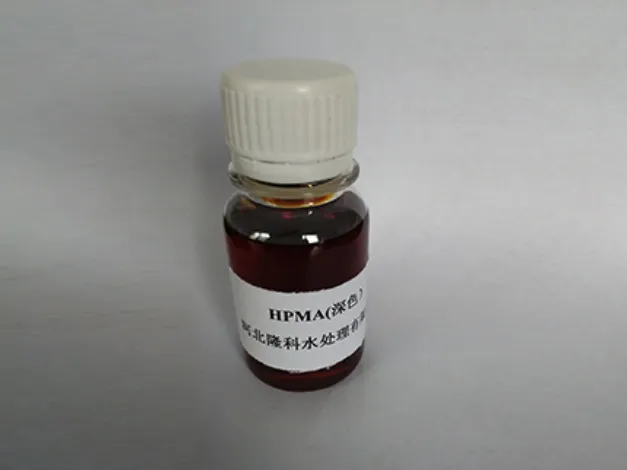anionic polyacrylamide
Anionic Polyacrylamide Properties, Applications, and Environmental Considerations
Anionic polyacrylamide (APAM) is a water-soluble polymer that has found extensive applications in various industries due to its unique properties. As a derivative of polyacrylamide, APAM is characterized by its anionic nature and its ability to enhance viscosity and facilitate flocculation. This article explores the properties, applications, and environmental considerations surrounding anionic polyacrylamide.
Properties of Anionic Polyacrylamide
APAM is synthesized through the polymerization of acrylamide monomers with the incorporation of anionic groups, which can be achieved by using acrylic acid or sodium acrylate. The resulting polymer exhibits high molecular weight, which significantly impacts its performance in different applications. Due to the negative charge on its backbone, APAM has an affinity for cationic species found in various solvents, making it effective in addressing issues related to sedimentation and particle aggregation.
The solubility of APAM in water is one of its most notable features. It can form a gel-like consistency in concentrated solutions, which allows it to be used in a range of chemical formulations. Additionally, its ability to absorb large quantities of water grants it valuable properties as a thickening agent. Factors such as pH, temperature, and ionic strength can influence the behavior of APAM in solution, thus tailoring its performance to specific needs.
Applications of Anionic Polyacrylamide
APAM is utilized across several sectors, including water treatment, agriculture, and the oil and gas industry. In wastewater treatment, APAM serves as a flocculant that enhances the aggregation of suspended particles, facilitating their removal from water. It is particularly effective in clarifying water where inorganic coagulants alone may not achieve the desired level of purification.
anionic polyacrylamide

In agriculture, APAM is often employed as a soil conditioner to improve water retention and reduce erosion. By increasing the soil's capacity to retain moisture, APAM contributes to enhanced crop yields, particularly in arid regions. Furthermore, its use in irrigation systems can lead to more efficient water usage, promoting sustainable agricultural practices.
The oil and gas industry also benefits from the properties of APAM. It is used in drilling fluids to stabilize boreholes and improve the performance of enhanced oil recovery processes. By reducing friction and increasing viscosity, APAM ensures the effective movement of fluids during drilling operations.
Environmental Considerations
While anionic polyacrylamide offers numerous benefits, it is essential to consider its environmental impact. The breakdown of APAM in natural waters can lead to the formation of acrylamide, a substance that has been classified as a potential carcinogen. Consequently, the use of APAM in applications that may result in environmental release requires careful management to mitigate risks. Studies are ongoing to explore biodegradable alternatives and modified formulations that maintain performance while reducing ecological concerns.
Additionally, the efficient use of APAM can contribute to the sustainability of industrial processes. By improving water treatment and promoting soil health, APAM plays a role in reducing pollutants and conserving resources. Moving forward, the development of greener alternatives and effective application guidelines will be vital to maximizing the benefits of APAM while minimizing its environmental footprint.
Conclusion
Anionic polyacrylamide is a versatile polymer with diverse applications that have significant economic and ecological implications. Its ability to enhance water treatment processes, support agricultural productivity, and aid in oil extraction makes it a valuable resource in various sectors. However, its environmental risks, particularly related to the potential formation of acrylamide, underscore the necessity for responsible usage and ongoing research. As we advance towards more sustainable solutions, the exploration of APAM’s properties and its applications will continue to foster innovation while addressing environmental challenges.
-
Pbtc Scale InhibitorPBTC: A Scale Protector for Industrial Water TreatmentNewsAug.05,2025
-
Organic Phosphonate: An Efficient Defender in the Field of Scale InhibitionNewsAug.05,2025
-
Hydrolyzed Polymaleic Anhydride: Green Pioneer in Scale Inhibition FieldNewsAug.05,2025
-
PAPEMP Polyamino Polyether Methylene Phosphonic Acid For SaleNewsAug.05,2025
-
Flocculant Water Treatment: A Pioneer in Purification in the Field of Water TreatmentNewsAug.05,2025
-
Benzyl Isothiazolinone: An Efficient and Broad-Spectrum Antibacterial Protective GuardNewsAug.05,2025





